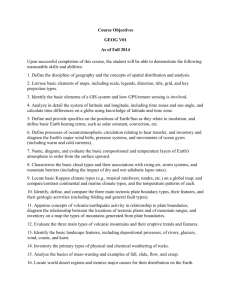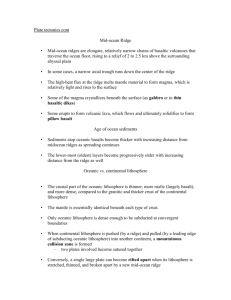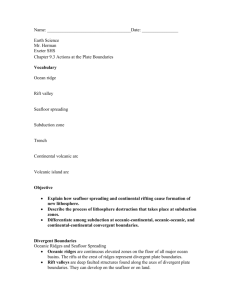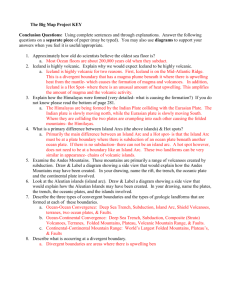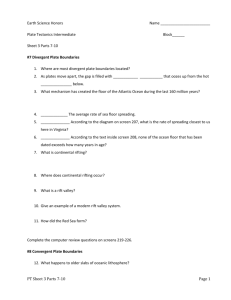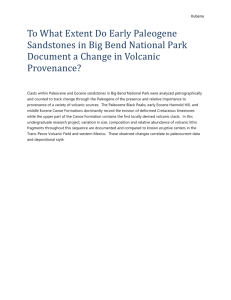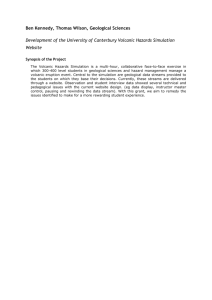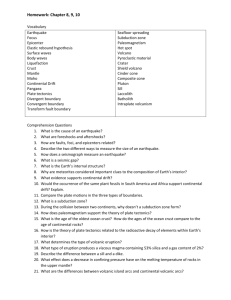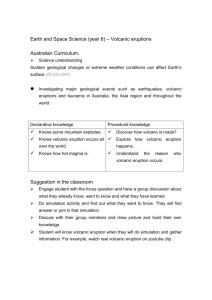Orogeny - Geo
advertisement
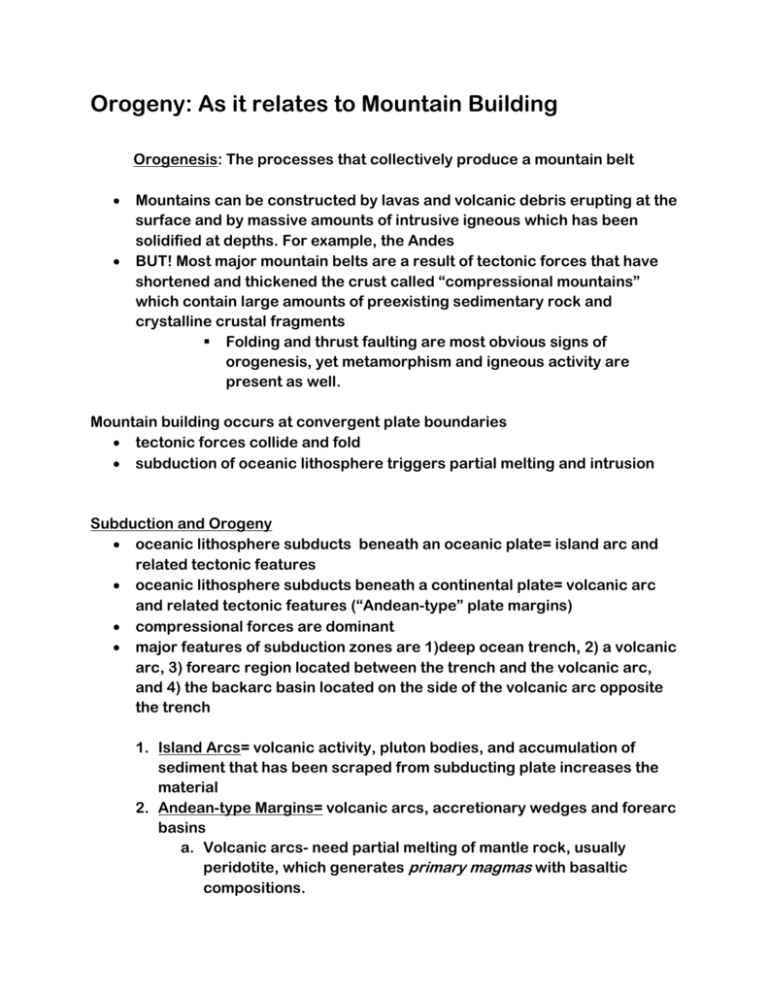
Orogeny: As it relates to Mountain Building Orogenesis: The processes that collectively produce a mountain belt Mountains can be constructed by lavas and volcanic debris erupting at the surface and by massive amounts of intrusive igneous which has been solidified at depths. For example, the Andes BUT! Most major mountain belts are a result of tectonic forces that have shortened and thickened the crust called “compressional mountains” which contain large amounts of preexisting sedimentary rock and crystalline crustal fragments Folding and thrust faulting are most obvious signs of orogenesis, yet metamorphism and igneous activity are present as well. Mountain building occurs at convergent plate boundaries tectonic forces collide and fold subduction of oceanic lithosphere triggers partial melting and intrusion Subduction and Orogeny oceanic lithosphere subducts beneath an oceanic plate= island arc and related tectonic features oceanic lithosphere subducts beneath a continental plate= volcanic arc and related tectonic features (“Andean-type” plate margins) compressional forces are dominant major features of subduction zones are 1)deep ocean trench, 2) a volcanic arc, 3) forearc region located between the trench and the volcanic arc, and 4) the backarc basin located on the side of the volcanic arc opposite the trench 1. Island Arcs= volcanic activity, pluton bodies, and accumulation of sediment that has been scraped from subducting plate increases the material 2. Andean-type Margins= volcanic arcs, accretionary wedges and forearc basins a. Volcanic arcs- need partial melting of mantle rock, usually peridotite, which generates primary magmas with basaltic compositions. i. Basalt less dense and rises to the crust ii. Magmatic differentiation allows the rocks to continue ascending by crystalizing out the Fe rich minerals and leaving the light silicas iii. Now the andesitic or rhyolitic composition which produce explosive eruptions (water and other volatiles = gas laden magma) which produce volcanic arcs! b. Emplacement of Plutonsi. Plutons metamorphose the host rock beneath the continental crust= contact metamorphism ii. With uplifting and erosion the plutons are exposed as batholiths (Sierra Nevadas) of diorite to granodiorite c. Development of Accretionary Wedge-
